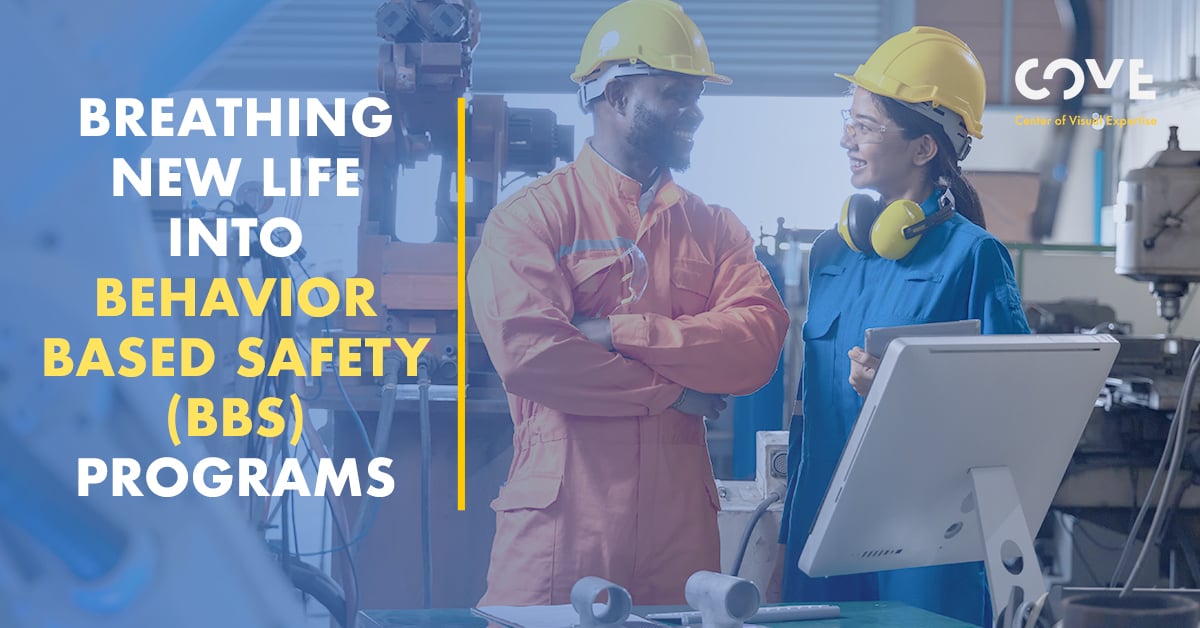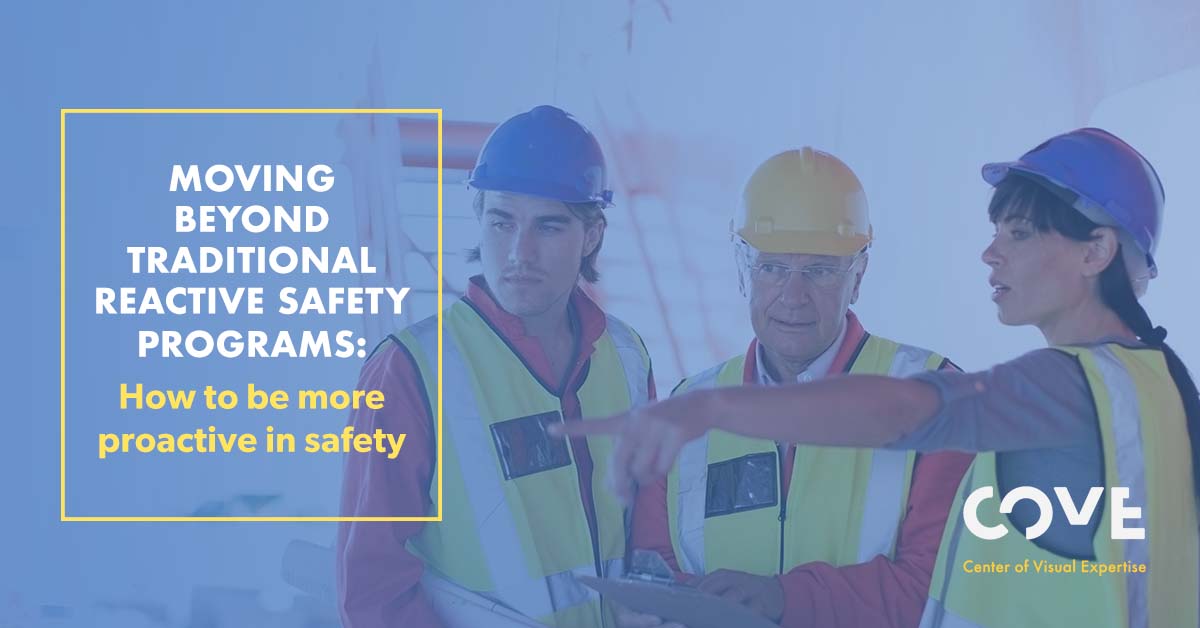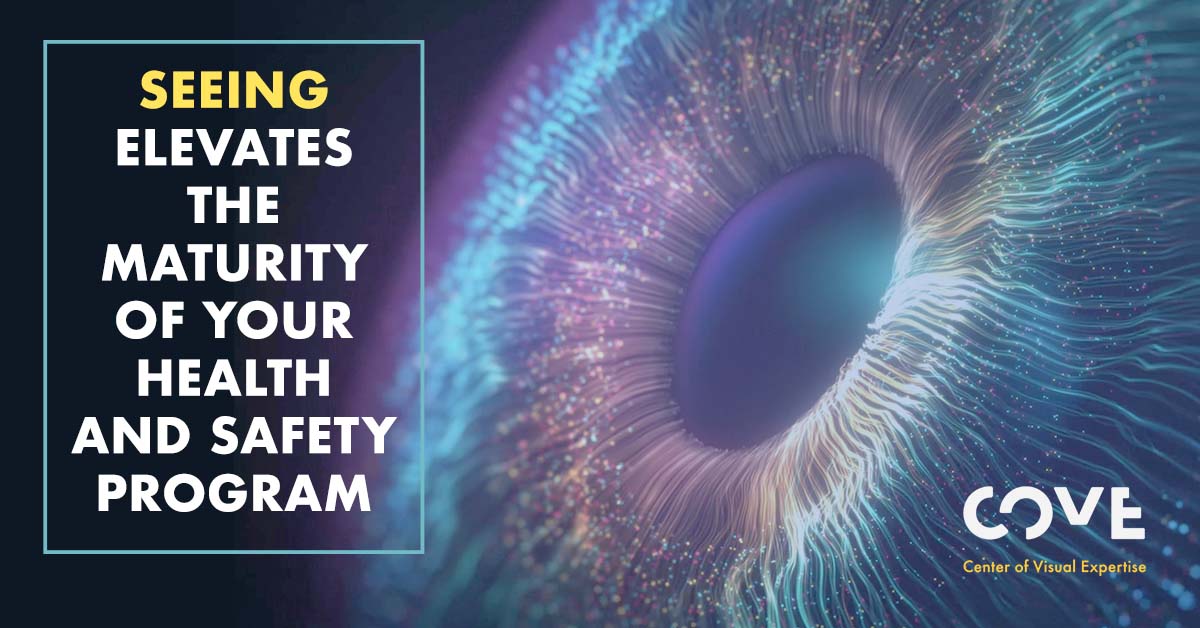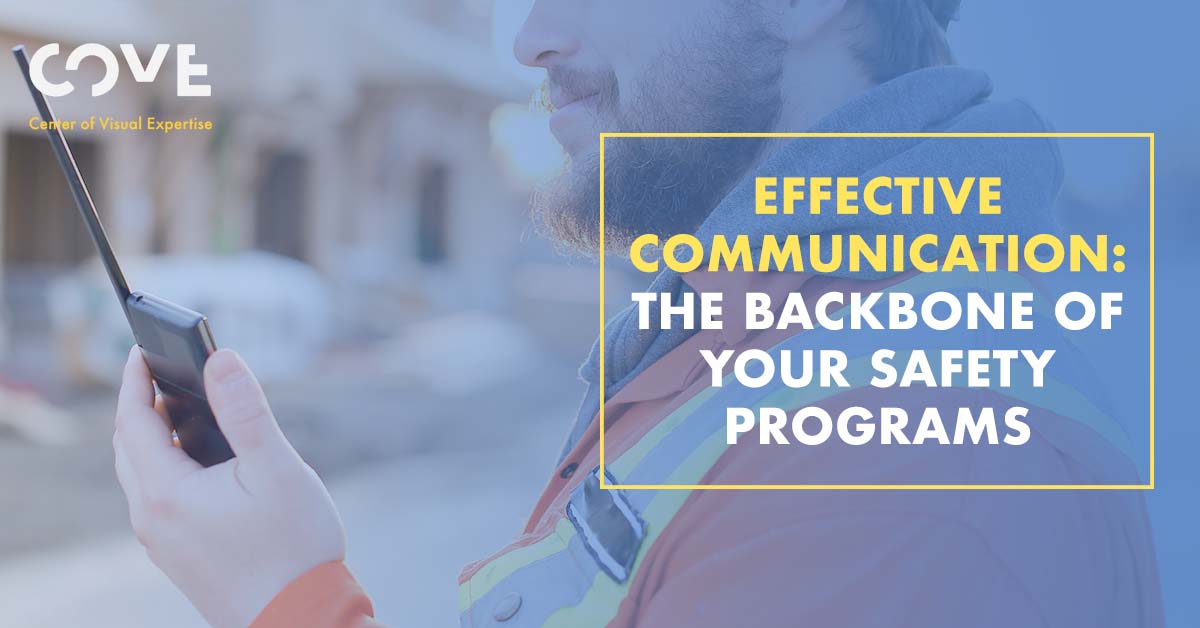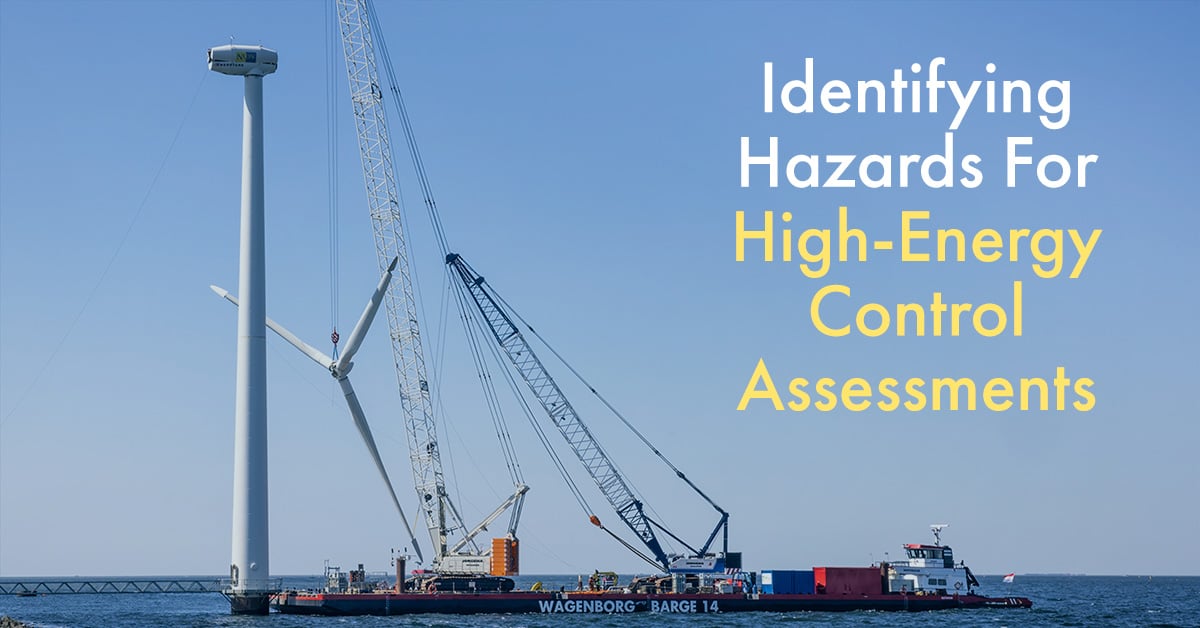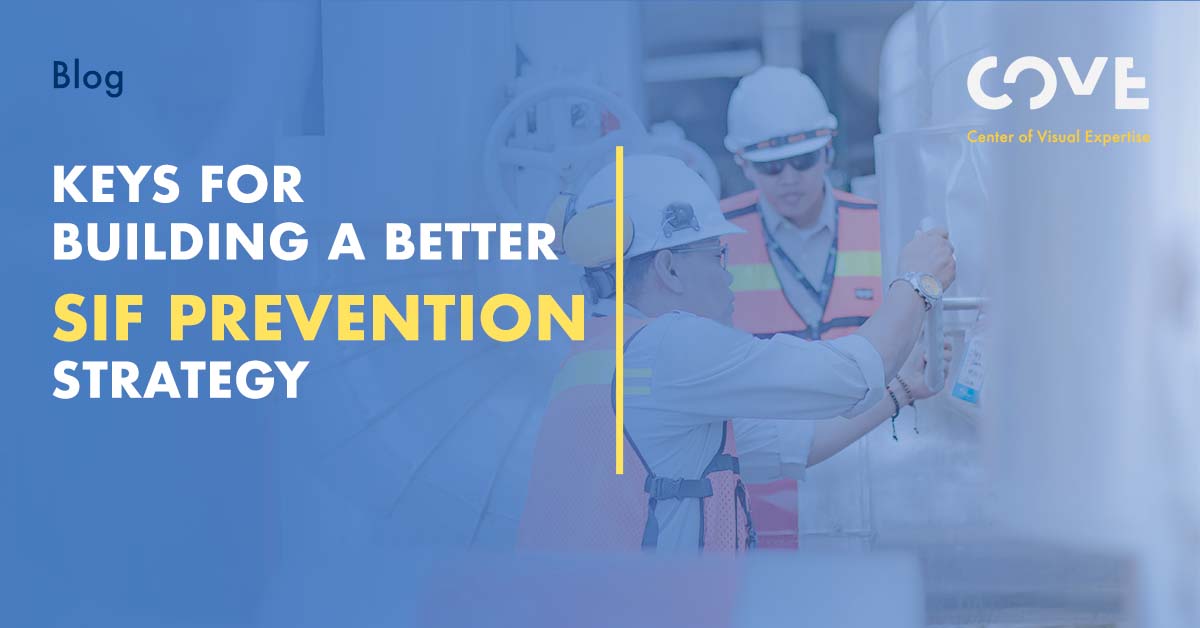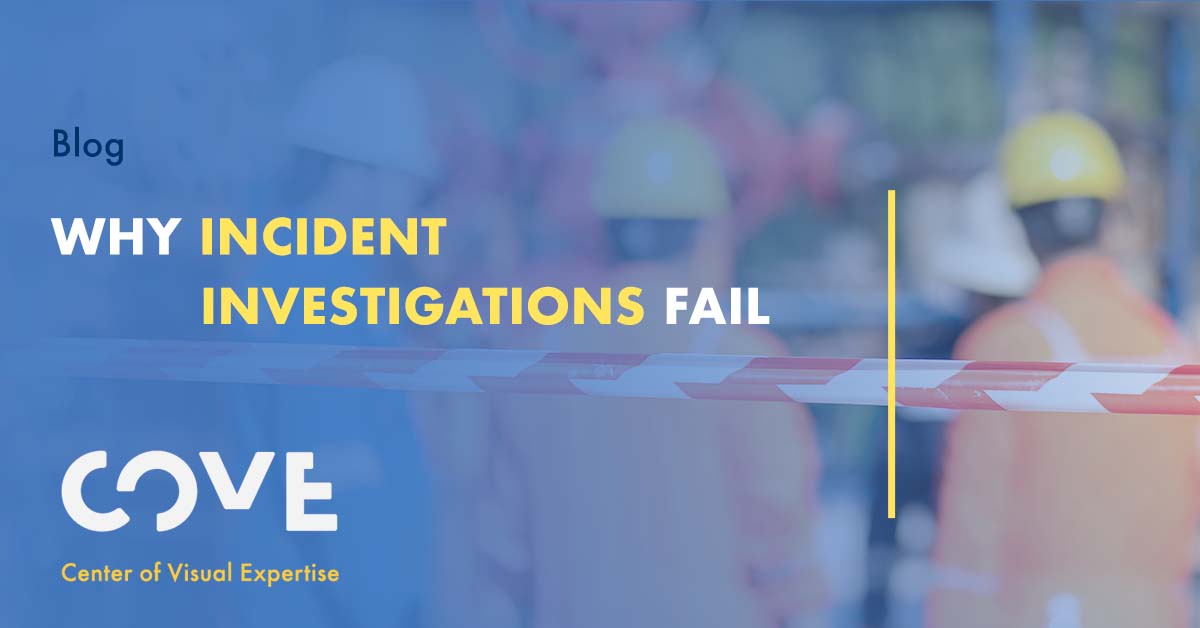By Dave Johnson on Jul 6, 2021 1:29:25 PM
Originally Featured on Industrial Safety & Hygiene News (ISHN)
Behavior-based safety (BBS) has been widely implemented for more than 40 years to help improve safety performance and prevent serious injuries and fatalities (SIFs). There are several factors that have driven the popularity of BBS:
• More than half (52%) of occupational safety and health professionals in a 2017 survey by Industrial Safety and Hygiene News (ISHN) reported a major “impact challenge” was ensuring employee behavioral reliability – consistent safe behaviors.
• In a 2015 ISHN survey, 54% of pros said increasing employee engagement and participation was a top goal. BBS involves the use of behavioral checklists to note both safe and risky behaviors to provide employees immediate safety feedback. Observations based on checklists of key risks and the immediate feedback given to employees increase engagement and participation.
• And in the 2017 ISHN survey, 56% said building and maintaining a culture inclusive of safety and health values and interventions was a high priority, and 56% reported reducing SIFs to be a high priority. BBS, especially its more recent incarnations, such as so-called BBS 2.0, go beyond a strict focus on reducing injuries (and oft times unfortunately “blaming the victim”) to take a more holistic approach that focuses not only on behaviors, but work environment systems and employee attitudes to strengthen organizational cultures, values and performance. (Source: unpublished 2021 paper by Dr. Josh Williams, partner, human performance and business transformation for the global management consulting firm Propulo Consulting).
Origins of BBS
The BBS term was coined by Gene Earnest and Jim Palmer, two safety professionals at Proctor and Gamble in 1979, while working on a project to reduce injuries at P&G. At the same time, Professor Scott Geller and occupational safety expert Dan Petersen were working on behavior science research, with Dr. Geller applying it to increase seat belt use at Ford Motor Company. Concurrently, psychologist Dr. Tom Krause and psychiatrist Dr. John Hidley recommended the use of applied behavior analysis to improve the safety performance of an offshore oil-drilling manufacturer in California.
Numerous BBS interventions in workplaces small and large have decreased at-risk acts, increased safe acts, and improved overall safety and health performance. According to Propulo Consulting, traditional BBS programs unfortunately often do not get companies past performance plateaus once early improvements have been made. This is largely due to BBS programs that are poorly or incompletely implemented, including failing to fully consider environmental contingencies (e.g., excessive production pressure, insufficient personnel, confusing procedures) that influence behavior. Sustaining BBS momentum after early “wins” has long been a challenge to many professionals.
“A fresh, fun experience”
“Visual Literacy and its concepts give you a fresh, fun experience that is unique and can breathe new life into BBS processes which may be growing stale,” says Glenn Murray, advisory board member and senior client advisor for the Center of Visual Expertise (COVE). Rolling out a BBS process enhanced by Visual Literacy can eliminate perceptions of “oh, we have another flavor of the month to deal with,” he says.
The heart of BBS is “watching the work taking place,” Murray says. Visual Literacy skills make managers, supervisors and front-line employees more effective at making observations by Seeing the Whole PICTURE®, using a more systemic way to perform observations, he says. “BBS doesn’t necessarily teach you how to see the whole picture. Over-reliance on checklists of behaviors to guide observations can introduce visual biases since they can ‘fence in’ or limit observations,” says Murray. “You can miss a lot.”
Visual Literacy skills make managers and supervisors better at seeing and understanding why people perceive work environments and tasks the way they do, says Murray. Instead of blame, there is a better realization of how biases such as overconfidence, anchoring and group think can influence interpretations and behaviors.
Using Visual Literacy tools (look, observe, see, describe, analyze, interpret and communicate) to assess behaviors, and when needed correct at-risk behaviors, is a more challenging, more fluid and dynamic scenario than merely looking for hazardous physical conditions, says Murray. You are also looking at how people move; their spacing; how crews work together; how fundamental leadership skills are exhibited; system factors that affect behavior (such as production pressure; work layouts); and how safety participation, communication, empowerment and ownership are promoted.
Visual Literacy’s critical thinking skills come into play with the expanded scope of BBS 2.0. Sharpened seeing skills based on the Elements of Art – color, lines, space, shape and texture – improve observations of personal protection equipment (PPE) use; body position relating to tasks; posture; lifting; climbing; work at heights; repetitive tasks; hand-eye placement and focus on task; seat belt use and driving safety practices. System factors also can be observed and analyzed, such as the condition and placement of tools and equipment and the use of safety guards; electrical, mechanical, and thermal energy sources; slip, trip and fall hazards; chemical and flammable hazards; and housekeeping.
Visual Literacy’s emphasis on not only seeing but using critical thinking to describe, analyze, interpret, and communicate can be applied to improve the practices of more holistic BBS implementations. In COVE’s Visual Literacy training workshops, participants engage in exercises where they describe an object to a partner who cannot see the object but is asked to draw the object based on the description only. While thought of as a drawing exercise, it is really a communication exercise that reveals our challenges in communicating clearly with others and using a common language. Conversations, questioning, asking for input and problem-solving occur both in workshop one-on-one exercises and group discussions. Developing these abilities improve the conversations that should always follow observations. Probing with open-ended questions and listening attentively to what people are seeing, experiencing, and thinking improves risk assessments; risk mitigation; teamwork; safety participation and achievement recognition; and decision-making, ownership, and motivation.
“The end game with BBS checklists is to increase the quality and quantity of safety conversations,” writes Williams. “Remember, it’s not an observation without a conversation.”
Attributes of critical thinking also strengthen the holistic type of BBS improvement process itemized by Safetymint, a safety management software company. Improvement requires identifying critical problem behaviors, biases, thought processes and system factors; identifying root causes; generating possible solutions; evaluating the most productive solutions; creating an implementation strategy; and measuring and assessing if the implemented change has created a positive difference.
Visual Literacy’s origins at the COVE more than three years ago primarily focused on using Elements of Art and Seeing the Whole PICTURE® as fresh and unique methodologies for more effective hazard recognition processes. It has evolved to address and improve serious injury and fatality prevention, risk-based thinking and risk assessment and mitigation, leadership skills, and employee development and engagement. The evolution continues with applying Visual Literacy to improve behavior-based safety.
